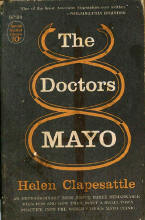|
Books for Less Than a Quarter
|
||
|
Dell 10¢ Avon 10¢
Quick Reader Trophy
Checkerbooks Triple Nickel
Whitman Penny Books
Student Editions Pyramid Popular Library
Pennant Pocket Book
|
For a brief while in 1938, Robert DeGraff considered selling his new idea, American mass market paperback books, for 20¢; but his financial advisors prevailed, and a quarter became the standard price for not only Pocket Books, but all those who followed. There are exceptions to every rule, of course. I've listed a few of those here. Collectors love the Dell 10¢ series because they're so easy to identify and acquire. They were smaller than normal paperbacks and each was 64 pages. All 36 books were released in 1951. You can see the entire run HERE. Avon tried a similar experiment in 1952. The title pages list the publisher as Avon Readers Guild Inc, but the address is the same as Avon in New York. It was called the "If You Were Born In" series, and there were twelve of them, one for each month. They were the same size as the Dell 10¢ books, but only 20 pages in length. All twelve volumes were released the same year. Royce Publishers of Chicago released two super-cheap series, Quick Reader and Trophy Books. QR's were very small, only 4 ½ X 3 ¼ inches, while the Trophy books were just a tad smaller than the standard digest-sized books. All were printed in 1944 & 1945. There were 49 books in the Quick Reader series, and only two Trophy's. You can see them all HERE. (By the way, the "plastic binding" is just part of the cover art. Both the Quick Readers and the Trophy Books were folded and saddle-stapled.) Other books that sold for 15¢ included Checkerbooks, which had a run of only twelve, all printed in 1949. Also, there were the Triple Nickel Books, which were digest-sized, and came out in 1955. A few are relatively easy to find, but most are pretty scarce. There are twelve documented in Holroyd's Price Guide. The winner in the "Cheap Books" department is Whitman Penny Books. These were very small (about 2½ by 3½ inches), and published in 1938. Some of them had a 1¢ price on the cover, while others did not; so it's possible that, in some cases, they might have been used as giveaways. For more, click HERE. And then, there were "Student Editions," which were published for use in classrooms and sold at greatly discounted rates. In many cases, there were no corresponding titles released with normal prices by those publishers for general audiences.
(All of the Student Editions seen on this page are Courtesy of Brian Maginnity.) |
|
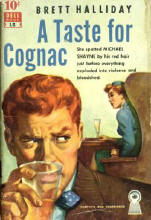
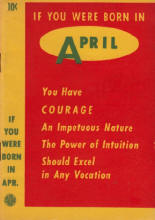
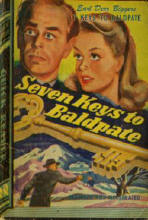
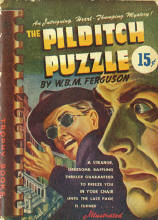
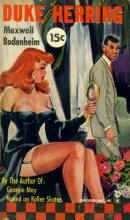
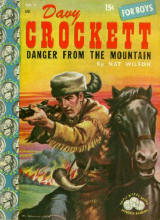
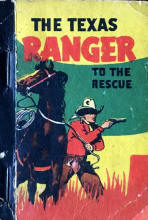
Right_small.jpg)
ordeal_small.jpg)
red_small.jpg)
